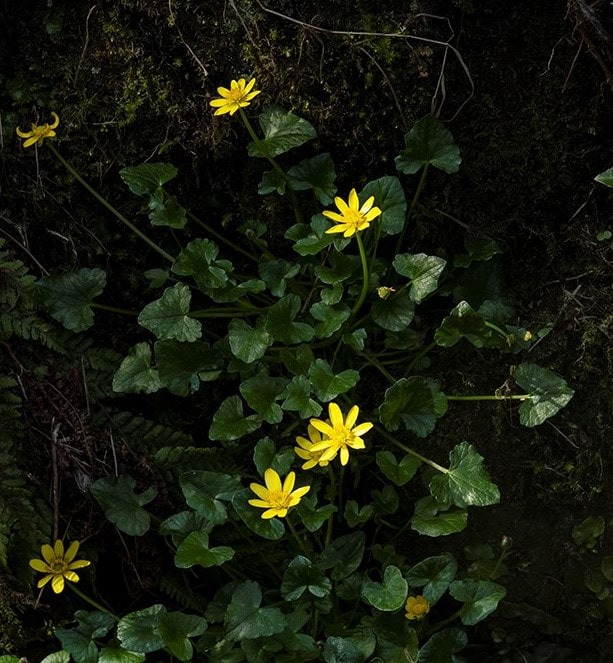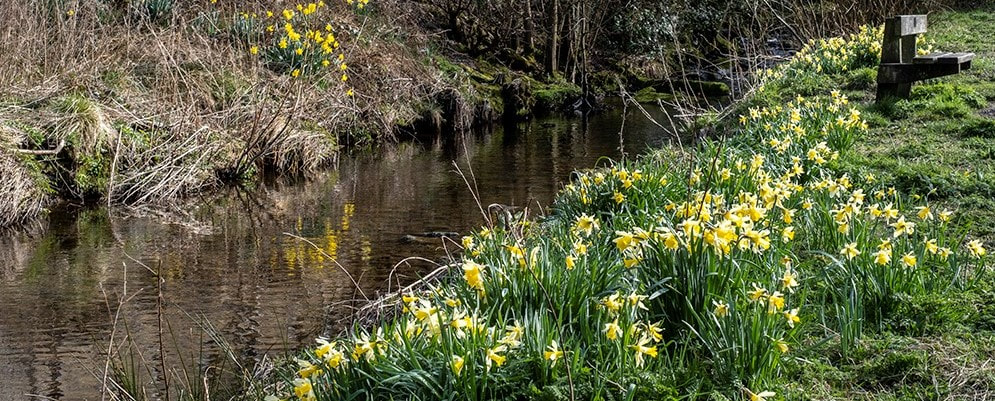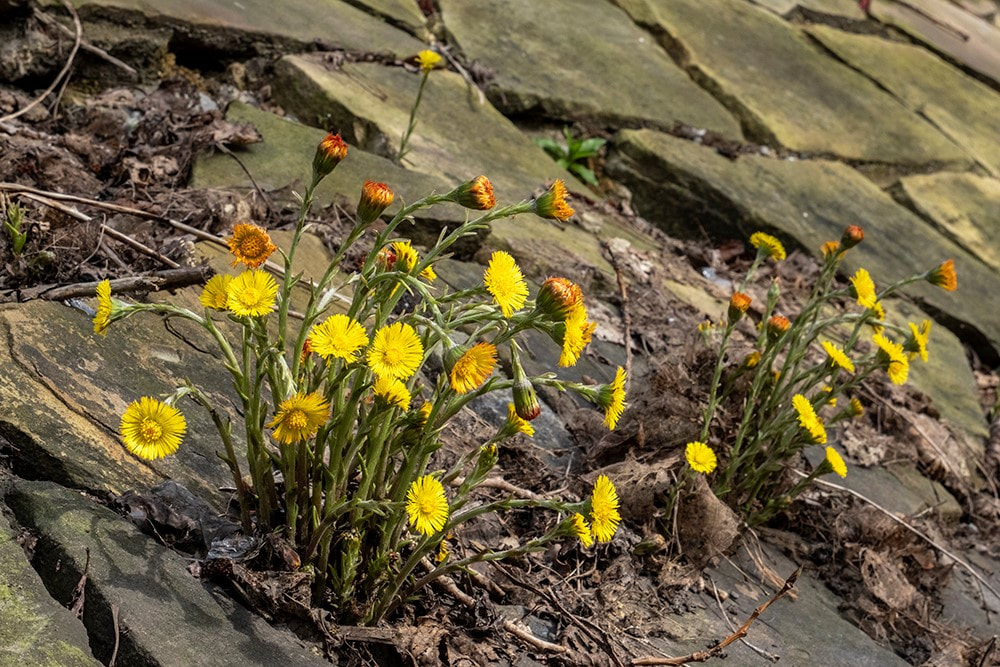|
This week's blog is by written and photographed by RWF member John Tickner (all images are copyright to him).
The daffodil, today one of the most familiar of garden and roadside verge plants, was once as common in the wild. However, many that we see nowadays are either planted or escaped garden varieties. The wild daffodil has narrow, grey-green leaves and a familiar daffodil flower, but with pale yellow petals surrounding a darker yellow trumpet; this two-tone look is a starter to tell them apart from their garden relatives. The wild daffodil is also relatively short and forms clumps, carpeting the ground.
From one extreme to the other, it is only too easy to pass the tiny common wall cress without noticing. It’s the lichens and mosses that colonise a wall first, they then trap particles of dirt that allow slightly larger plants to get a foothold and move in with them.
My final offering is the ever popular primrose. A familiar spring plant of woods, hedge banks and grassy places, it is sadly less abundant than it used to be possibly as a result of over-picking. Which leads me to an appeal to please enjoy our wild flowers where they are, please leave them both for others to enjoy and to give them a chance to multiply and thrive. If you spot any unusual flowers while walking our river, or indeed see a particularly special show put on by one of the more common varieties, RWF would be pleased to hear from you as we try to grow our knowledge of our river and wildlife.
Images courtesy of RWF member John Tickner.
0 Comments
Leave a Reply. |
Archives
October 2025
Categories |











 RSS Feed
RSS Feed